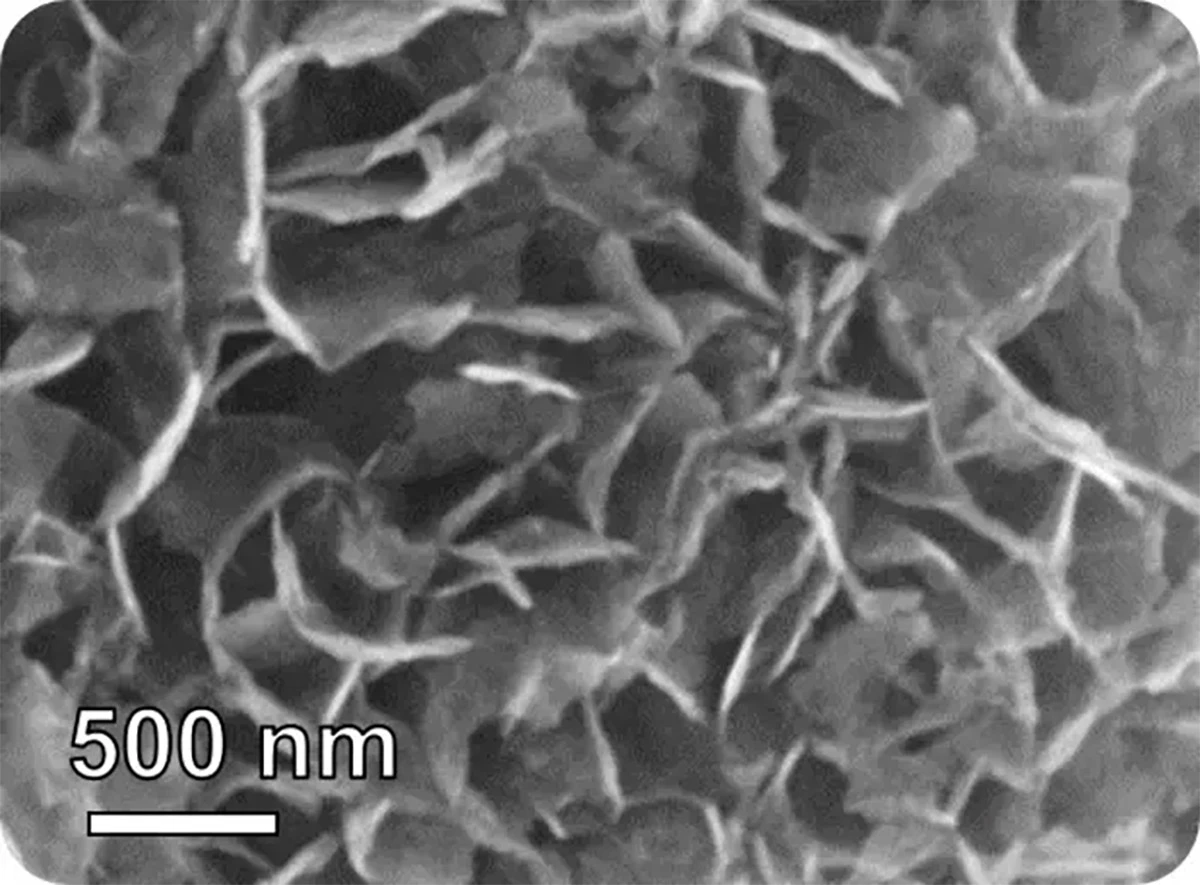Researchers have developed a nanoscale sensor that detects lung cancer simply by analyzing the levels of a chemical called isoprene in your breath. The team believes its breakthrough could unlock a non-invasive, low-cost method to catch the disease early, and potentially save a lot of lives.
When the human body breaks down fat in a process called lipolytic cholesterol metabolism, isoprene is released in exhaled breath. As it turns out, a decline in isoprene can indicate the presence of lung cancer. The team, led by researchers at China's Zhejiang University, leveraged this insight through its work and developed an innovative gas sensing material to create a screening process.
The challenge with spotting biomarkers in breath is that your system needs to be able to differentiate between volatile chemicals, withstand the natural humidity of exhaled breath, and detect tiny quantities of specific chemicals. In the case of isoprene, you'd need sensors capable of detecting levels of the chemical in the parts-per-billion (ppb) range.
The researchers went to work refining indium oxide-based nanoflake sensors that would meet these criteria. Following several experiments, they arrived at a metal oxide-based sensor type containing platinum (Pt), indium (In), and nickel (Ni).
This type of material, which they called Pt@InNiOx, displayed ultrasensitivity and detected isoprene levels as low as two ppb. It also responded to isoprene more than other compounds found in human breath, and performed consistently through their tests.

Those tests involved incorporating the Pt@InNiOx nanoflakes into a portable device, which they used with breath samples from 13 participants – five of whom had lung cancer. The sensing device detected isoprene levels lower than 40 ppb in samples from participants with cancer, and more than 60 ppb from cancer-free participants.
That could spell greater chances of spotting lung cancer earlier, more easily and a far lower cost than traditional methods – many of which are typically applied only when patients show concerning symptoms. The World Health Organization noted in 2020 that lung cancer claimed 1.8 million lives around the globe, and early detection using methods like this could go a long way towards preventing them.
It's worth noting that the researchers' paper, published in the journal ACS Sensors, captured the results of a rather small test group. The team noted that there's more work to be done before this screening method can become commercially available: researching the sensing materials, further data analysis, integrating the technology into portable devices, and investigating the relationship between breath isoprene and lung cancer more deeply.
Other projects involving breath-based cancer diagnostics have been in the works for a few years now. Cancer Research UK embarked on a study back in 2019, but it doesn't appear to have published results yet. Hopefully this new screening method will be able to stick the landing, and pave the way for more breath analysis research in the future.
Source: American Chemical Society





